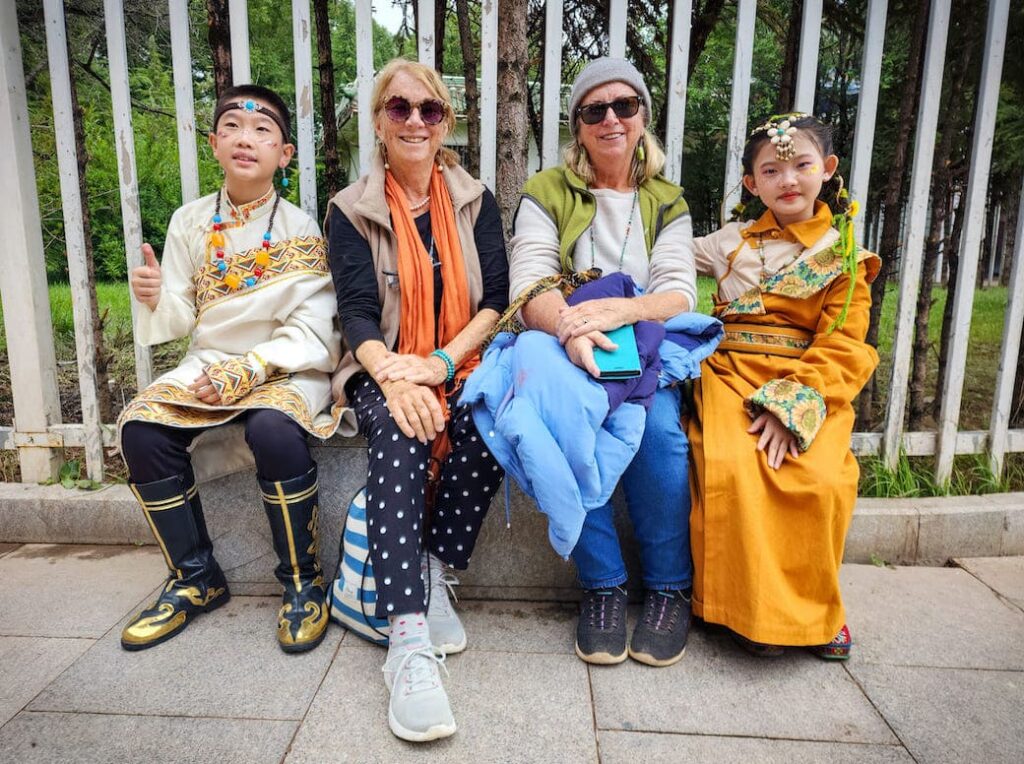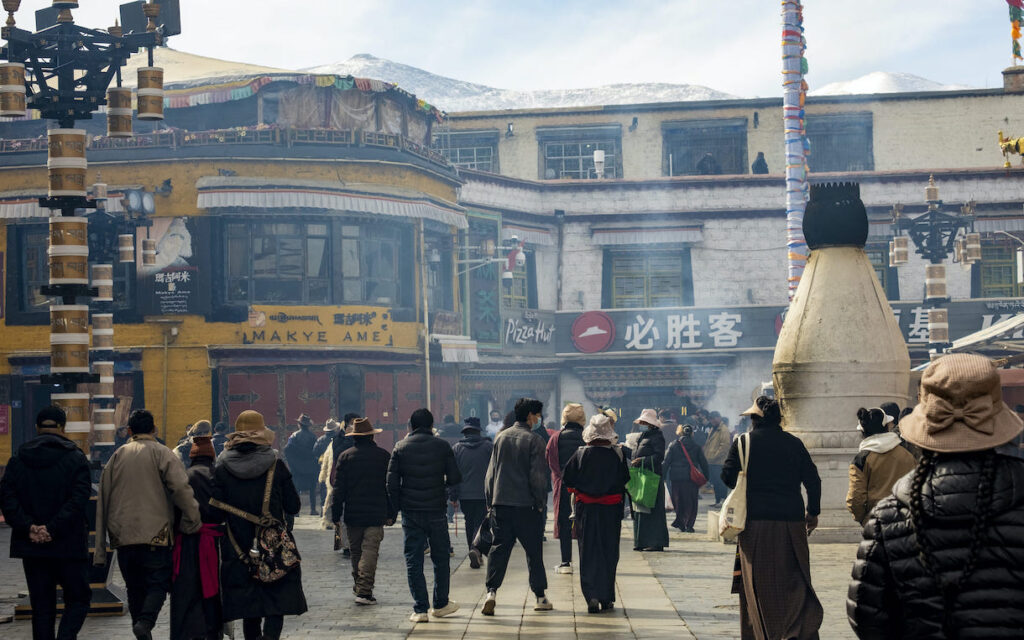Embarking on a journey from the bustling streets of New York City to the mystical landscapes of Tibet is an adventure of a lifetime. From the moment you board your flight to the moment you set foot on the sacred soil of Tibet, every step of the journey is filled with anticipation, wonder, and excitement. But with its remote location, high altitude, and unique challenges, traveling to Tibet from New York requires careful planning and preparation. Here’s everything you need to know about how to make your dream journey from the Big Apple to the Roof of the World a reality.

Choosing Your Route
There are several routes for traveling to Tibet from New York, each offering its own advantages and considerations. The most common route involves flying from New York to a major international hub in Asia, such as Beijing, Shanghai, or Hong Kong, and then taking a connecting flight to Lhasa, the capital of Tibet. Alternatively, you can fly to Kathmandu, Nepal, and then travel overland to Tibet via the Friendship Highway, a scenic route that offers breathtaking views of the Himalayas and the Tibetan Plateau.
Obtaining Permits
Before traveling to Tibet, it’s important to obtain the necessary permits and travel documents required for visiting the region. This typically includes a Tibet Travel Permit, which allows you to enter Tibet, as well as any additional permits required for traveling to certain areas outside of Lhasa, such as Mount Everest Base Camp or Mount Kailash. Permits are issued by the Tibet Tourism Bureau and can only be obtained through a registered travel agency in Tibet. Be sure to apply for permits well in advance of your intended travel dates, as processing can take several weeks.

Preparing for Altitude
Tibet is situated at a high altitude, with elevations exceeding 3,000 meters (9,800 feet) above sea level in many areas. As such, it’s important to acclimatize properly to the altitude to avoid altitude sickness and other health risks. Plan to spend a few days in Lhasa or another lower-altitude destination upon arrival in Tibet, allowing your body to adjust gradually to the thin air. During your stay in Tibet, stay hydrated, avoid strenuous activity, and listen to your body’s signals to prevent altitude-related symptoms.
Packing Essentials
When packing for your journey to Tibet from New York, it’s important to pack wisely and prepare for the challenging conditions you may encounter along the way. Be sure to pack sturdy walking shoes, warm clothing, and a good quality sleeping bag for the journey. Other essential items include sunscreen, sunglasses, a wide-brimmed hat, a first aid kit, and plenty of snacks to keep you energized during the journey. Additionally, it’s advisable to pack a portable oxygen canister and any necessary medications for altitude sickness as a precautionary measure.
Embracing the Experience
Traveling to Tibet from New York is more than just a vacation—it’s a journey of self-discovery, cultural immersion, and spiritual awakening. Take the time to savor every moment, to connect with the timeless beauty and serenity of the Tibetan Plateau, and open your heart to the transformative power of this ancient land. Whether you’re exploring ancient monasteries, trekking through remote mountain villages, or gazing up at the majestic peaks of the Himalayas, let the spirit of Tibet guide you on a journey of discovery, enlightenment, and inner peace.

Conclusion
Traveling to Tibet from New York is a journey of a lifetime—an opportunity to embark on an epic adventure, connect with ancient wisdom, and experience the raw beauty and untamed wilderness of the Himalayas. With proper planning, preparation, and an open heart, your journey to Tibet promises to be an unforgettable experience that will stay with you for a lifetime. So, pack your bags, set your intentions, and prepare to embark on the adventure of a lifetime from the vibrant streets of New York City to the mystical landscapes of the Tibetan Plateau.
